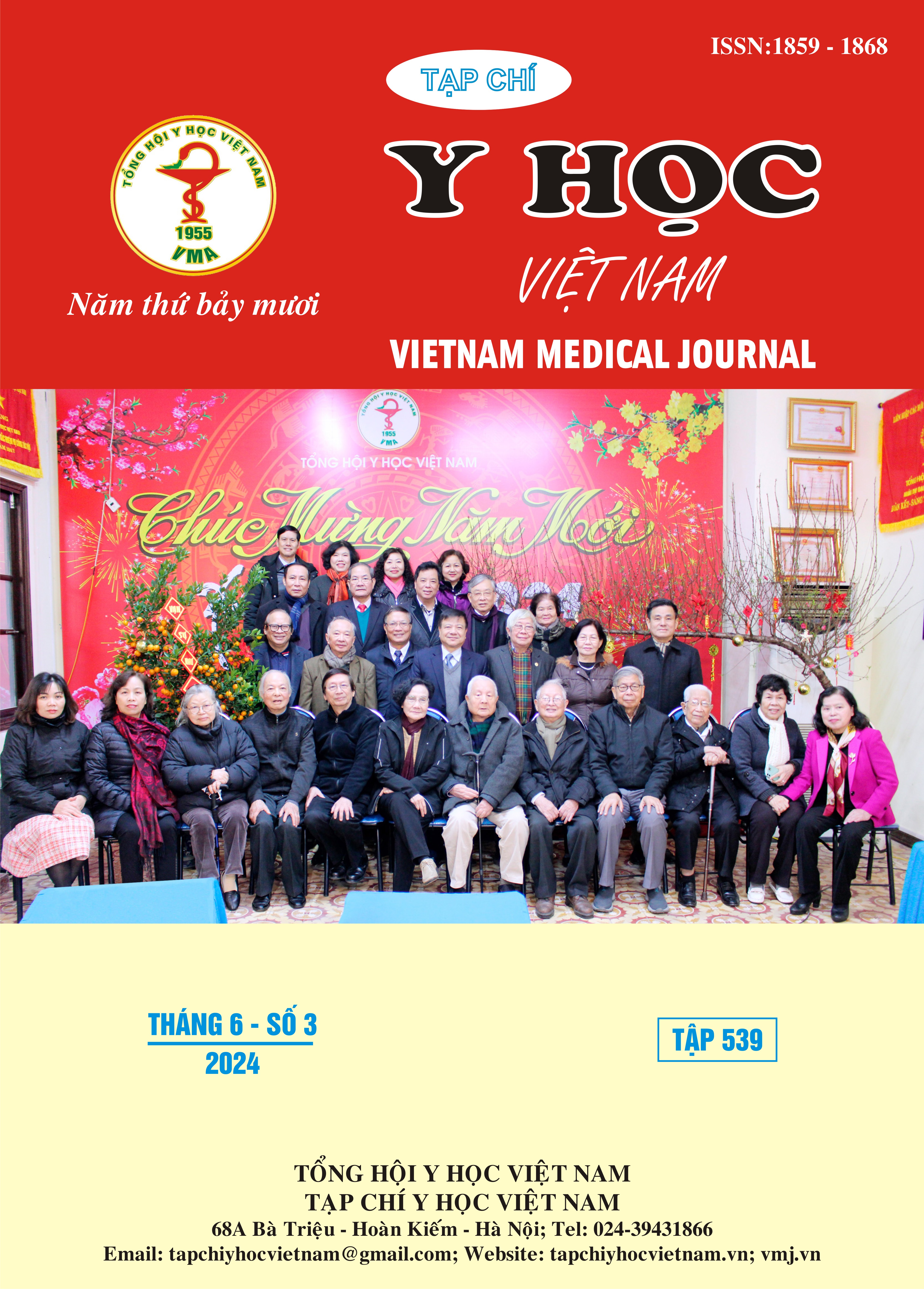APPLICATION PREVALENCE OF PROPRIOCEPTIVE NEUROMUSCULAR FACILITATION IN CLINICAL OF STUDENTS IN PHYSIOTHERAPY
Main Article Content
Abstract
Backgrounds: In Physiotherapy, Proprioceptive Neuromuscular Facilitation (PNF) is a high technique applied to treat many diseases related to disorders, brands on muscles and nerves systems. Although the effectiveness has been improved, the application of highly specialized techniques as well as skills must be practiced regularly to bring good results to the patients. The application of PNF needs to be evaluated and encouraged not only on working people but also on students when performing clinical. Objectives: Assessment the prevalence of Proprioceptive Neuromuscular Facilitation in clinical practice of students of the Rehabilitation Faculty at Hong Bang International University. Methods: A cross sectional study was conducted in the third and the four students of Rehabilitation Faculty at Hong Bang International University. Results: The study recorded that the percentage of students who applied PNF in clinical practice accounted for 96%, of which the frequency of regular application accounted for 51.6% in both the regular students and irregular students. Conclusions: The application of PNF in clinical practice by students of the Rhabilitation Faculty is very often showing the position of PNF technique in clinical treatment as well as affirming its importance when present in the program of Bachelor's Degree in Physiotherapy.
Article Details
Keywords
Propriocetive Neuromuscular Facilitation, Rehabilitation, Physiotherapy
References
2. C. Campos-Villegas, S. Perez-Alenda, J. J. Carrasco, C. Igual-Camacho, J. M. Tomas-Miguel, and S. Cortes-Amador, "Effectiveness of proprioceptive neuromuscular facilitation therapy and strength training among post-menopausal women with thumb carpometacarpal osteoarthritis. A randomized trial," J Hand Ther, Aug 7 2022.
3. A. Konrad et al., "Quadriceps or triceps surae proprioceptive neuromuscular facilitation stretching with post-stretching dynamic activities does not induce acute changes in running economy," Front Physiol, vol. 13, p. 981108, 2022.
4. A. Kruse et al., "Acute Effects of Static and Proprioceptive Neuromuscular Facilitation Stretching of the Plantar Flexors on Ankle Range of Motion and Muscle-Tendon Behavior in Children with Spastic Cerebral Palsy-A Randomized Clinical Trial," Int J Environ Res Public Health, vol. 19, no. 18, Sep 15 2022.
5. S. Yu et al., "Gender difference in effects of proprioceptive neuromuscular facilitation stretching on flexibility and stiffness of hamstring muscle," Front Physiol, vol. 13, p. 918176, 2022.
6. P. Lin et al., "Effect of proprioceptive neuromuscular facilitation technique on the treatment of frozen shoulder: a pilot randomized controlled trial," BMC Musculoskelet Disord, vol. 23, no. 1, p. 367, Apr 20 2022.
7. K. Liu et al., "Effects of Proprioceptive Neuromuscular Facilitation Stretching Combined with Aerobic Training on Pulmonary Function in COPD Patients: A Randomized Controlled Trial," Int J Chron Obstruct Pulmon Dis, vol. 16, pp. 969-977, 2021.
8. R. R. Marchese et al., "Proprioceptive neuromuscular facilitation induces muscle irradiation to the lower limbs - A cross-sectional study with healthy individuals," J Bodyw Mov Ther, vol. 27, pp. 440-446, Jul 2021.
9. D. E. Voss, "Proprioceptive neuromuscular facilitation application of patterns and techniques in occupational therapy," Am J Occup Ther, vol. 13, no. 4, Part 2, pp. 191-4, Jul-Aug 1959.
10. H. Kabat, L. M. Mc, and C. Holt, "The practical application of proprioceptive neuromuscular facilitation," Physiotherapy, vol. 45, no. 4, pp. 87-92, Apr 1959.


